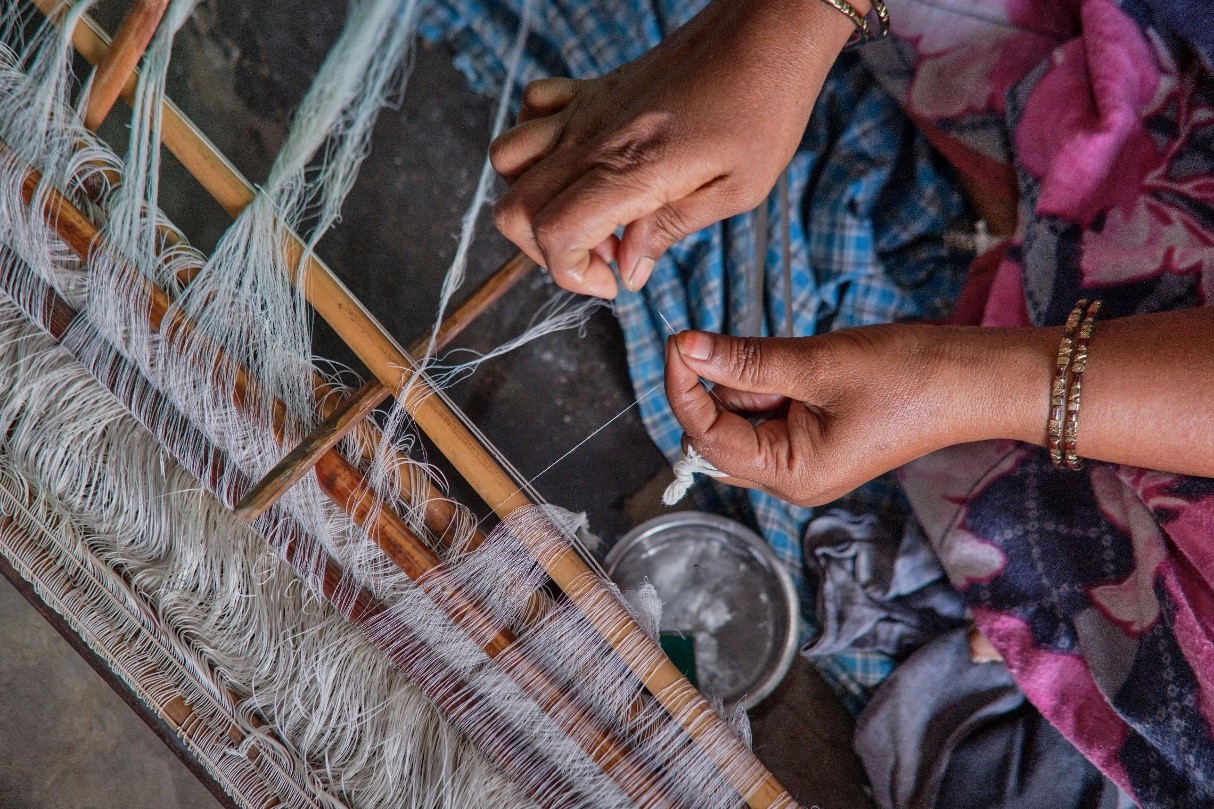Salem Silk: Where Threads Weave Stories!

Tucked away in the vibrant tapestry of Tamil Nadu, Salem District is the undisputed maestro of silk sarees, and it’s not just about fabric—it’s about the legacy! Derived from “Salya,” an homage to the ancient weavers, Salem stands as a luminary in the world of textiles. In 2006, Salem silk sarees snagged the prestigious GI Tag, making them the crème de la crème of silk craftsmanship. But what makes these sarees truly sparkle? Let’s unravel the threads of their story!



